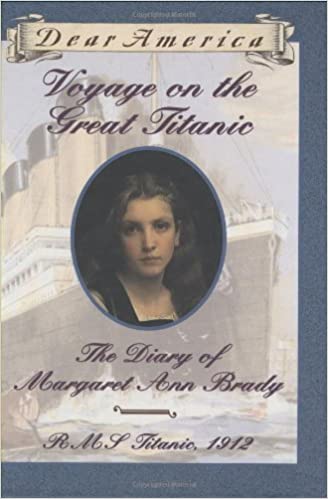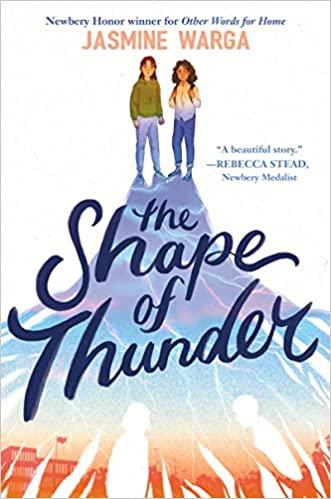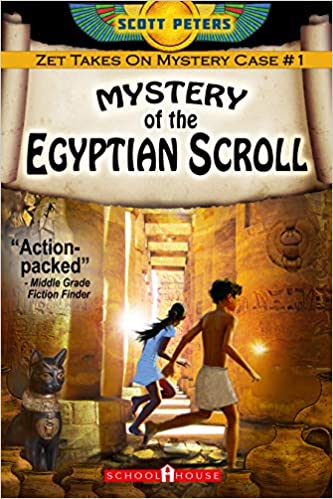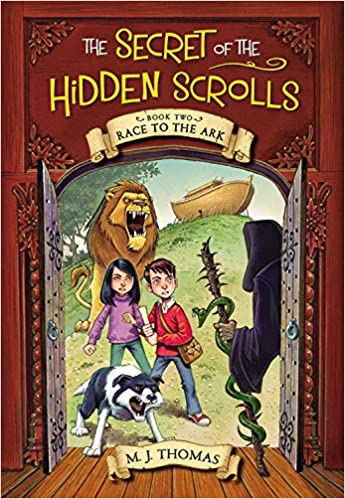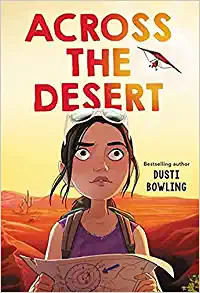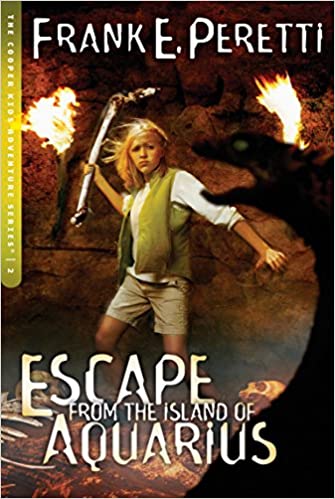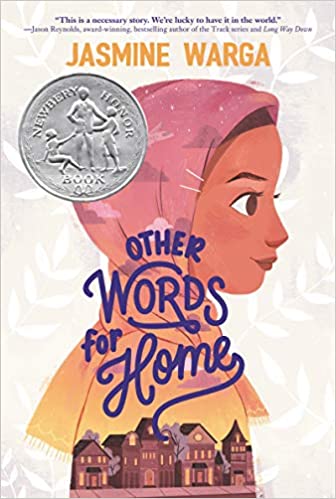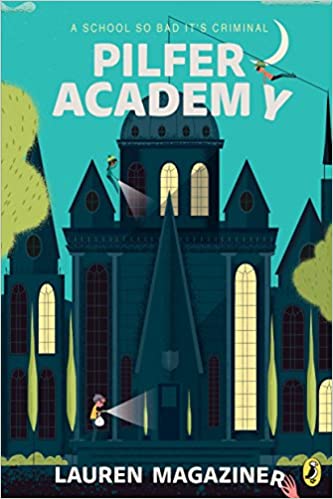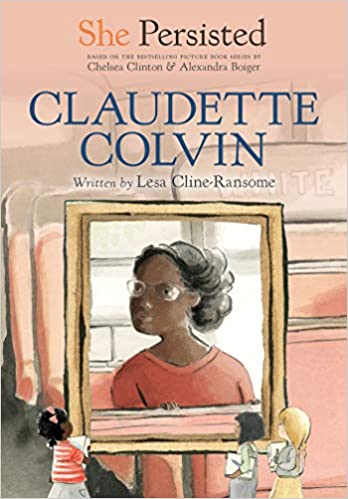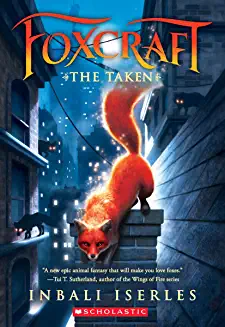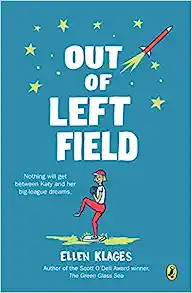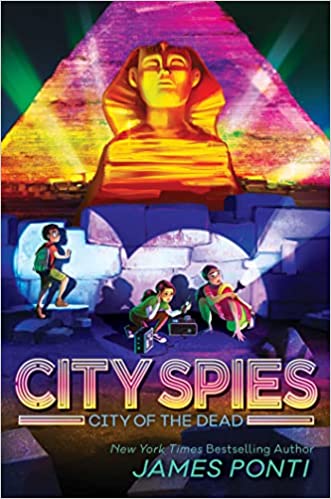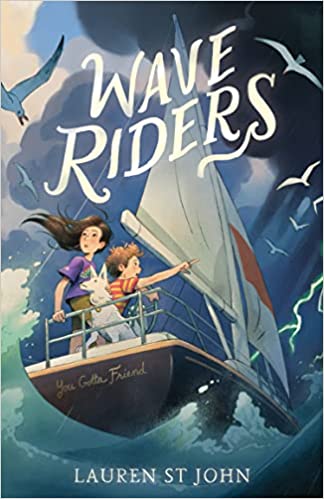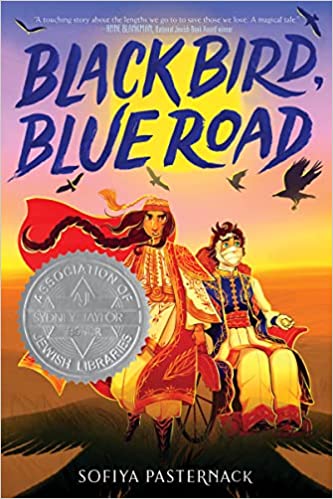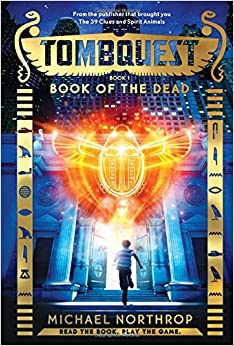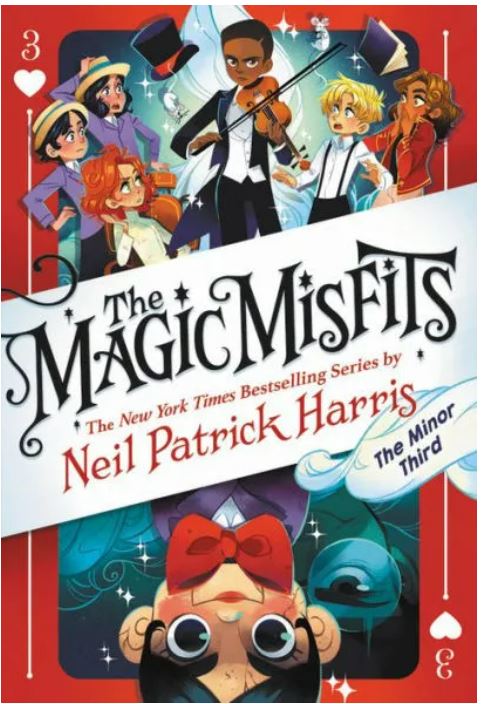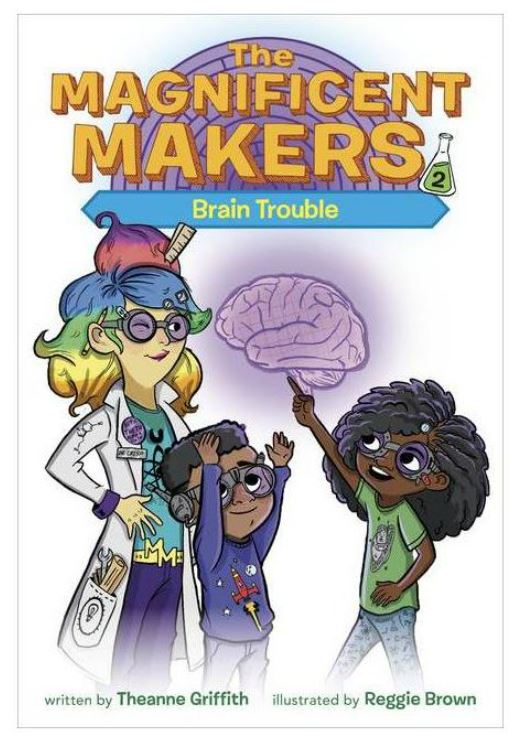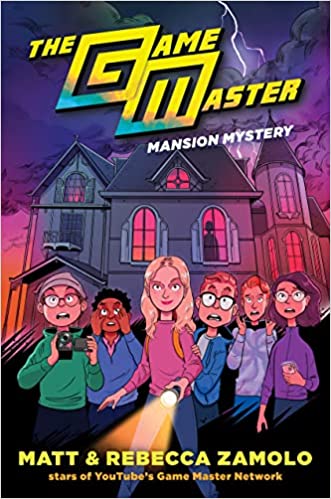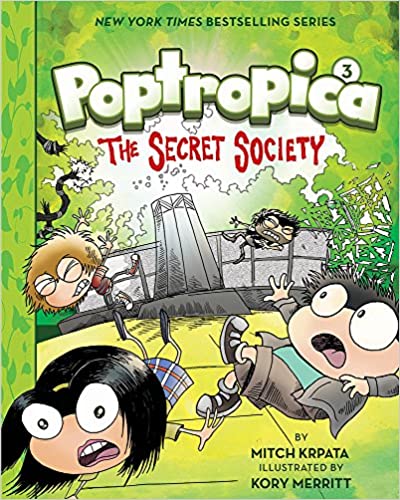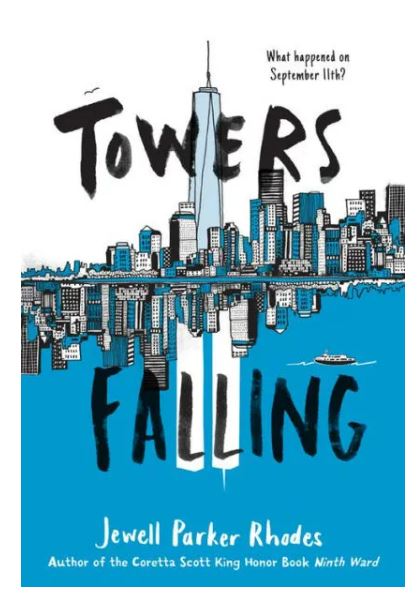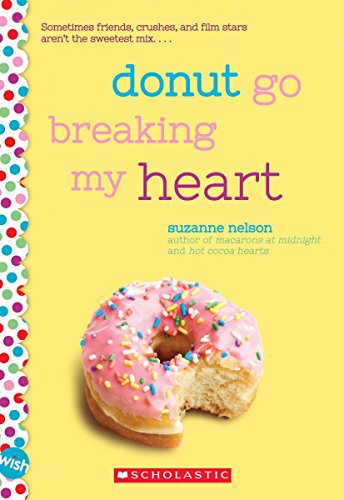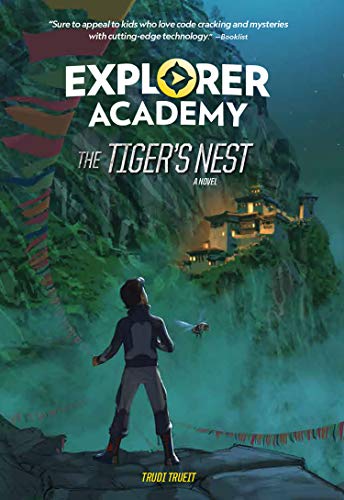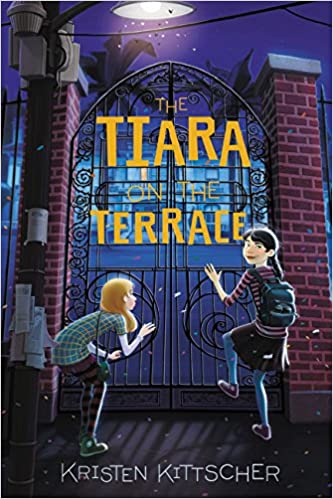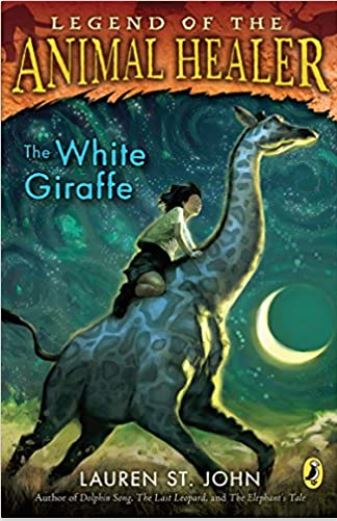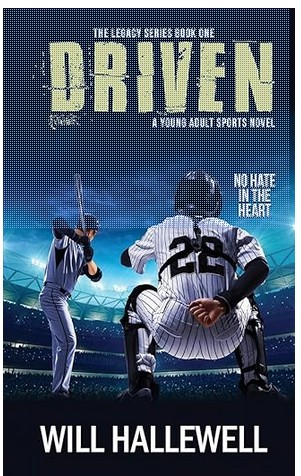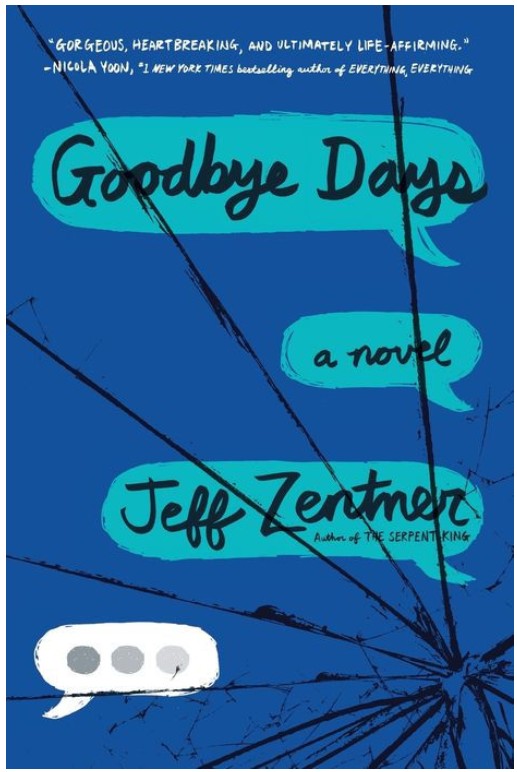Five years ago, Margaret Ann Brady’s older brother left her in the care of an orphanage and immigrated to America. When the orphanage receives an unusual request from an American woman looking for a traveling companion, Margaret’s teachers agree she is the perfect candidate to accompany Mrs. Carstairs on the Titanic, so that once Margaret arrives in New York she will be free to join her brother in Boston. But the Titanic is destined for tragedy, and Margaret’s journey is thrown into a frozen nightmare when the ship collides with an iceberg. Will she live to see her brother again?
The Diary of Margaret Ann Brady: Voyage on the Great Titanic based is told in diary format and is based on Margaret’s personal diaries and includes a lot of Margaret’s reflections. Margaret has the unique opportunity to see how the wealthy live. She is fascinated by their privileges and is especially interested in their fashion and food. Since the story is in a diary format, there is little suspense and Margaret’s life on the Titanic has few exciting scenes. However, Margaret is a likable character and her experiences give readers a peek into the life of a servant in the early 1900s.
Even though Margaret’s story lacks action, the book is perfect for young readers who want to learn about the Titanic, but are not ready to be exposed to graphic descriptions of the ship’s sinking. During the disaster, Margaret shows how wealthy women and children were given preferential treatment when it came to loading the lifeboats. Today’s readers may have difficulty understanding why the serving class was not allowed to board the lifeboats and instead were left to die. In addition, Margaret does an excellent job showing the bravery and courage of the Titanic’s crew. In her diary, Margaret writes: “I think the Titanic’s crew may have suffered the most devastating percentage of deaths. Stewards, cooks, engineers, postal workers – even the entire band perished. How admirable they were! How admirable all of them were!”
Although Margaret survived, she struggled to understand the events that happened the night the Titanic sank. Throughout her life, Margaret suffered from survivors’ guilt because she felt that by taking a seat on a lifeboat, she had doomed “others to their helpless, frozen fate. . . I doomed Robert; I doomed complete strangers. I hope I can figure out some way to understand all of this. . . Most of all, I hope I can learn how to forgive myself for still being alive when so many others are not.”
Readers interested in learning about the Titanic have a wide variety of books to choose from. Readers who want a view into a survivor’s experiences will find Margaret’s story worth reading. However, if you want an exciting action-packed tale that also teaches about the Titanic, put Survival Tails: The Titanic by Katrina Charman and Disaster on the Titanic by Kate Messner at the top of your reading list.
Sexual Content
- On several occasions, Margaret spends time with a young steward named Robbie. When he realizes he is going to die, he says, “Would you mind doing me one small favor? I should like to remember I kissed a pretty girl tonight.” When Margaret agrees, “he gave me a small peck on the lips. This was all new for me, and I was not sure if I was supposed to respond in kind.”
- Margaret and Robbie kiss again. “This time our kiss was warm and tender. Robert hugged me very tightly, and then stepped back, looking pleased.”
Violence
- When Margaret is disrespectful, one of the nuns “tells me that I am very, very wicked, and then slaps a ruler across my knuckles to punctuate the scolding.”
- After being orphaned, Margaret and her brother, William, live with Mr. McDougal and his brother, who “would come home much the worse for drink. They would be spoiling for a fight, and Mr. McDougal would swing out a big hand at anyone who looked at him cross-eyed. After I got knocked down a time or two, William grew to fear for my safety . . .”
- When the ship begins to sink, Margaret sees people “leaping into the water from all directions, while others scrambled toward the stern in a frantic, hopeless attempt to save themselves. . . Then with an almost stately grace, it gradually slipped beneath the surface of the ocean.”
- Margaret is safe in a lifeboat, but “after the Titanic sank, the unspeakable shrieking of hundreds of people dying filled the night. Frenzied, terrified screams. . . I could distinguish individual voices begging for help, calling out for people they loved, and praying for salvation.”
- The lifeboat that Margaret was in, went to help others. “We were able to pull five or six half-frozen men out of the water. Each time, I prayed that one of them would be Robert, and each time, my prayers were not answered.”
- The people who were in the ocean had no hope of living. Margaret describes “the screams of the dying seemed to last forever. It was a horrifying, unearthly sound that would have sickened the very Devil himself. I am not sure which was worse: the screams themselves, or the way they gradually faded away.”
Drugs and Alcohol
- While having dinner on the Titanic, the adults drink wine, but Margaret “elected not to drink any wine, and satisfied myself with water, instead.”
- While on the deck, Margaret sees a man who “lit his cigarette—right in front of me!” She notices that the man “also smelled of whisky.”
- When the Titanic begins to sink, Margaret takes a few minutes to talk to a young steward. He says the other stewards are, “Gone, I guess. Maybe having a bit of a nip for courage.”
- One of the men on the lifeboat “was clutching a bottle of brandy, and the Quartermaster Perkis tossed it overboard, since the man was obviously already intoxicated.”
- After being rescued, Margaret is given a hot drink. “There may have been some brandy in there as well.”
Language
- When Mrs. Carstairs refuses to go out to the deck, Margaret thinks she’s “stupid.”
- While on a lifeboat, a woman sees the Titanic sinking. She says, “My God. She really is going down.”
Supernatural
- None
Spiritual Content
- One of the sisters took Margaret to Easter mass. The nun “explained that St. Botolph is the patron saint of travelers, and she wants to be sure I leave with his blessing. Our fellow worshipers were a bizarre mix – ranging from prostitutes to the very flagrantly pious . . .”
- Margaret goes to “a religious service . . . I took great solace from this, which suggests that I may be more devout than I would have estimated.”
- When Margaret realizes that some people will not survive, she thinks, “God help us.”
- After being rescued, the captain held a brief service. “He and a reverend gave thanksgiving for the approximately seven hundred of us who had been saved, and then led us in prayer in memory of the more than fifteen hundred people who had been lost.”
